aiT
The industry-leading static WCET analyzer for time-critical real-time systems
aiT WCET Analyzers statically compute tight upper bounds for the worst-case execution time (WCET) of tasks in real-time systems. They directly analyze binary executables and take the intrinsic cache and pipeline behavior into account.
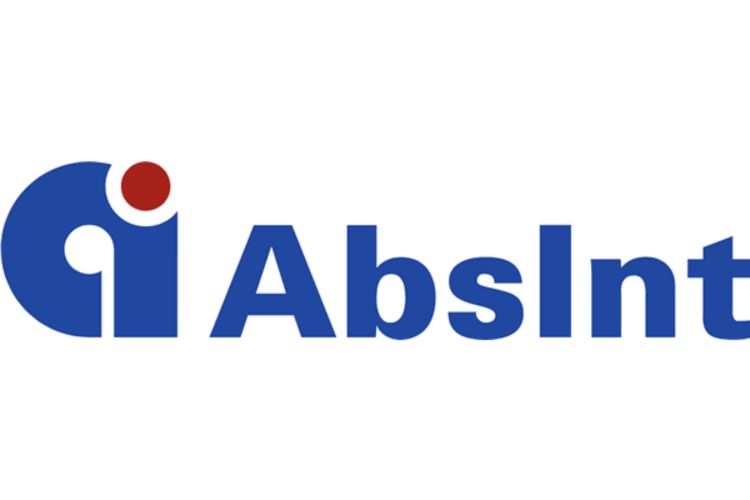
Worst-Case Execution Time Analysis
aiT automatically determines the worst-case execution time (WCET) of tasks in real-time systems. It provides safe and tight WCET bounds that are essential for schedulability analysis..
Fast Analysis
Static analysis provides results without executing the program
Safe Bounds
Guaranteed upper bounds that will never be exceeded in practice
Tight Estimates
Precise timing bounds close to the actual worst-case behavior
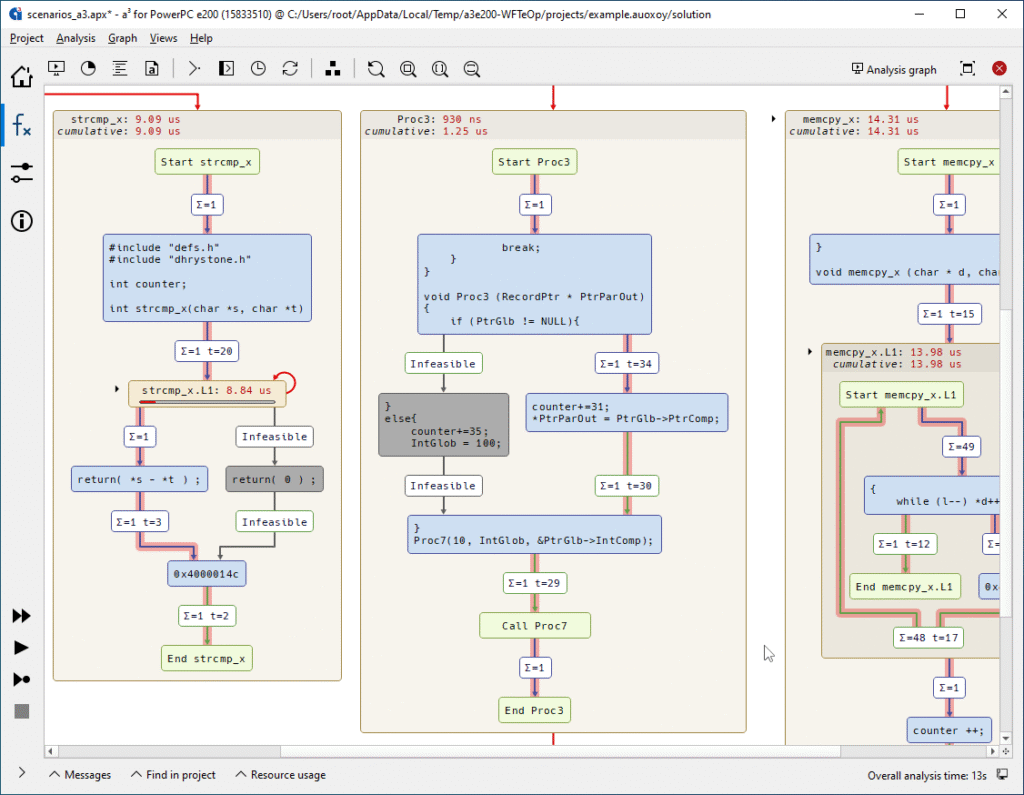
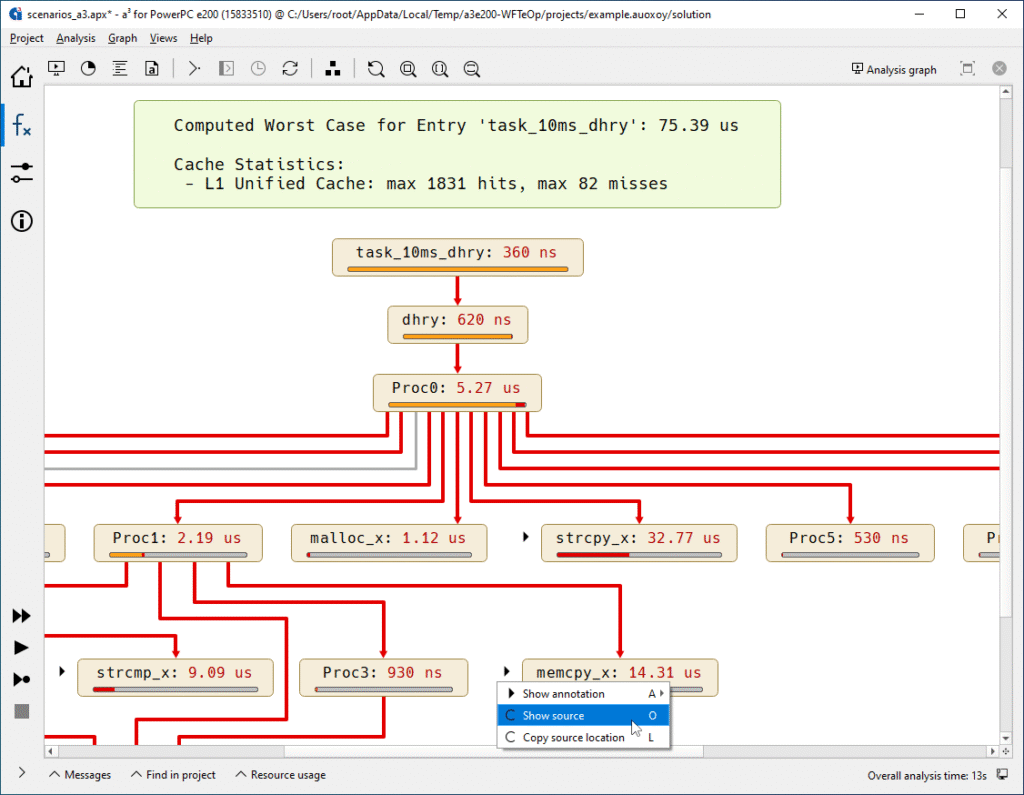
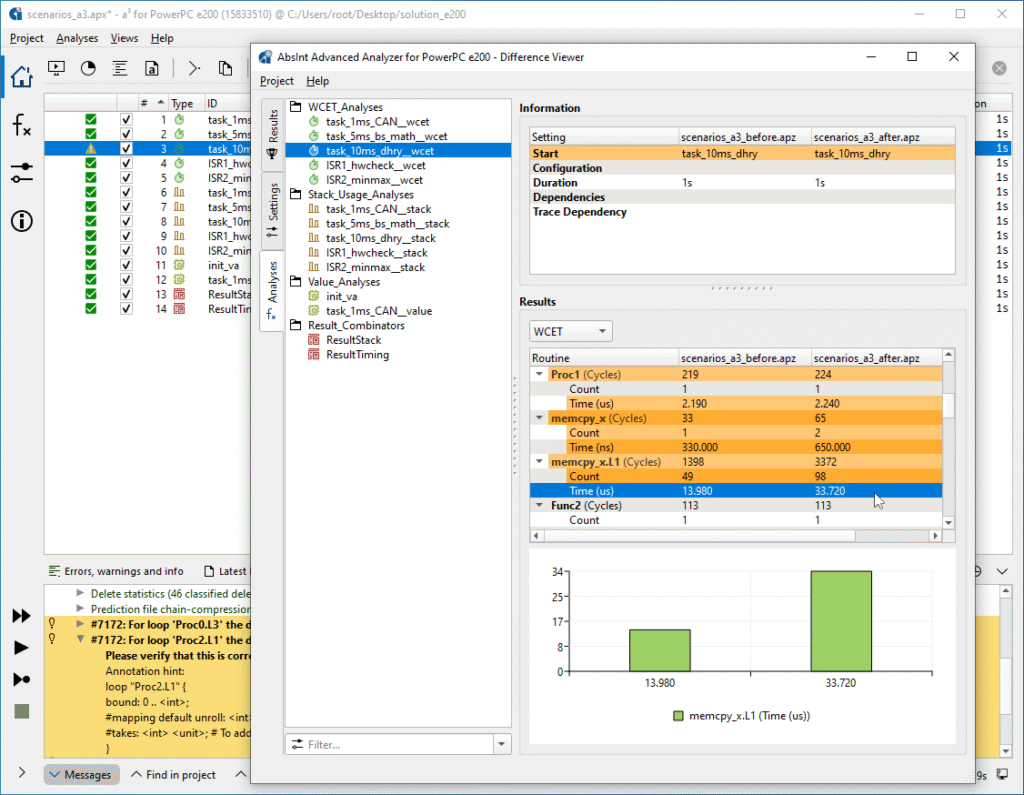
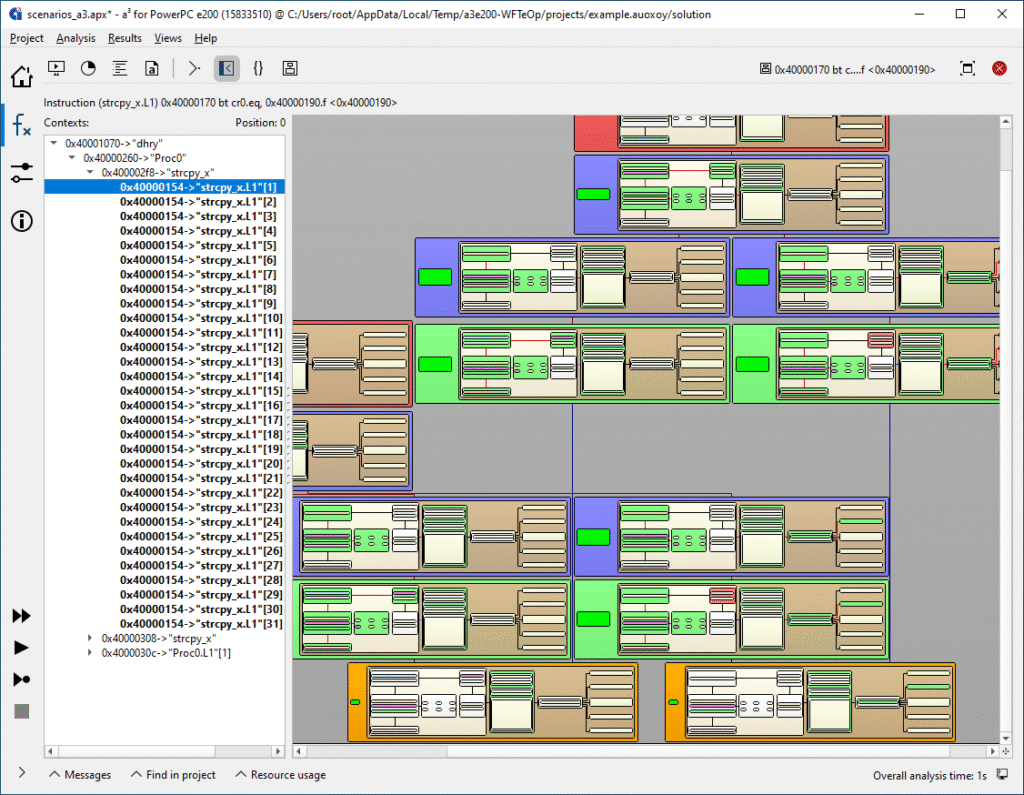
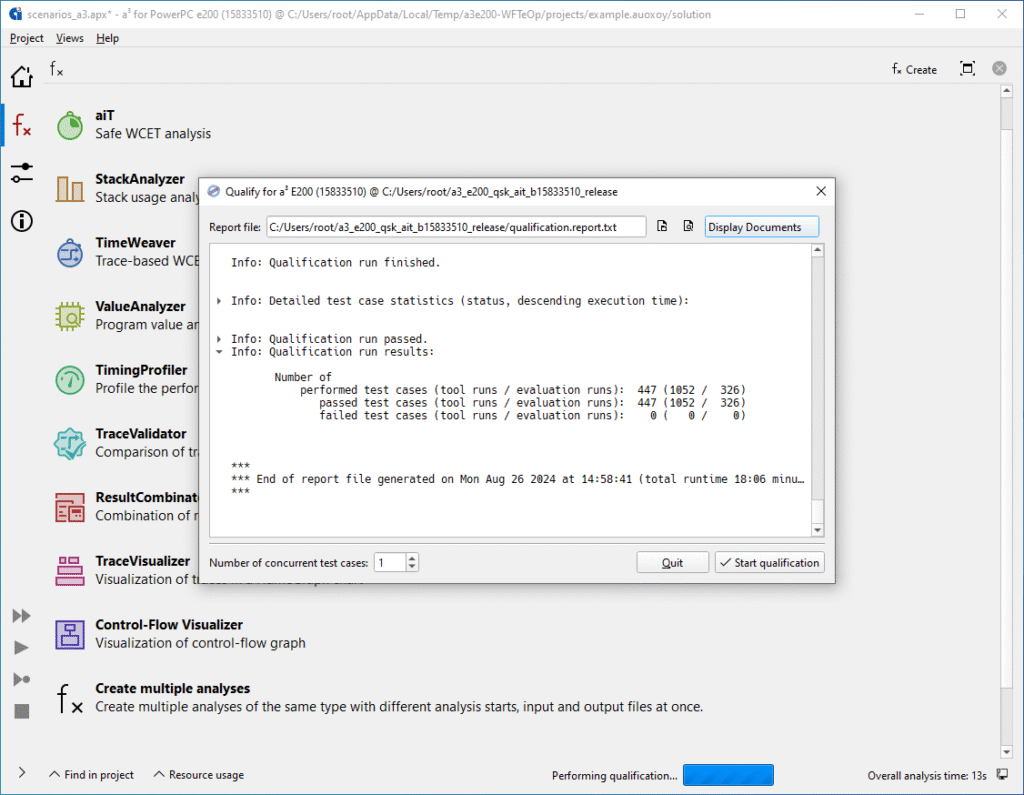
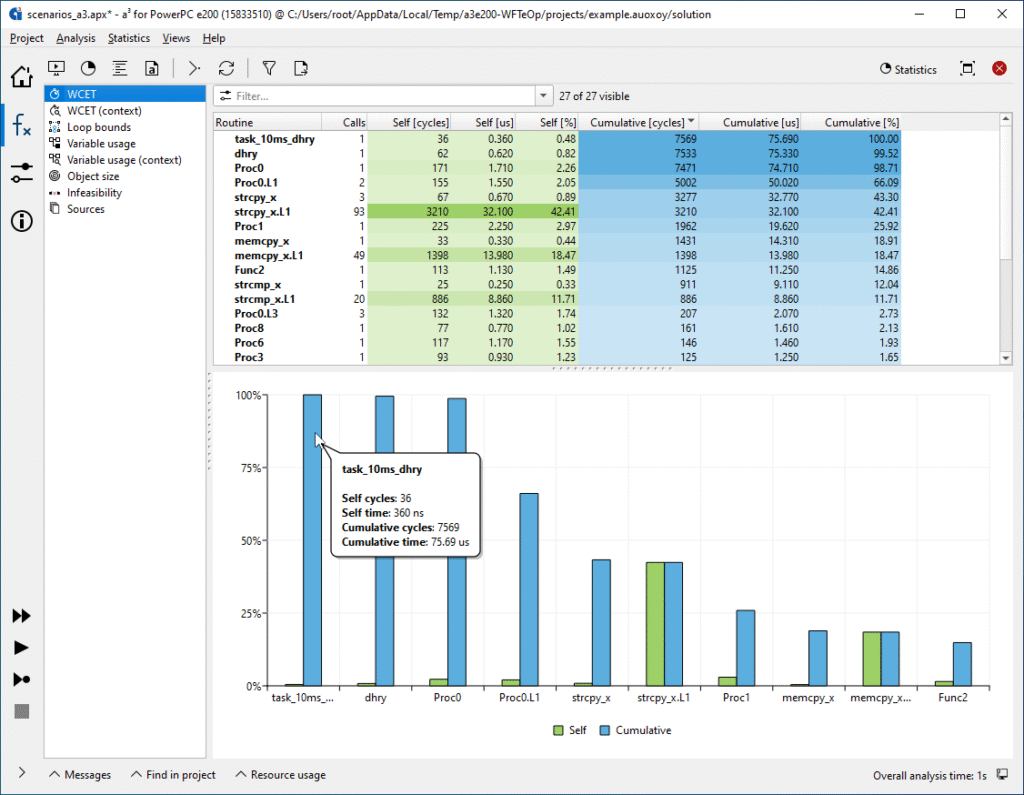
The Challenge
In real-time systems, each task has to be completed within a specific time frame in order to ensure that the system works correctly. In other words, it is essential that the worst-case execution time of each task is known.
However, determining the WCET is a challenge:
- Testing by repeatedly measuring the execution time is tedious and not safe. It is often impossible to prove that all the conditions leading to the maximum execution time have been accounted for.
- Modern processor components such as caches and pipelines complicate the issue, as the execution time of a single instruction varies greatly depending on the execution history.
- Analysis methods that do not consider cache and pipeline behavior cannot provide safe results unless they deliberately overestimate the WCET, often by orders of magnitude, which leads to an unacceptable waste of hardware resources.
The Solution
aiT WCET Analyzers provide the solution to these problems. Based on the technique of abstract interpretation and formal cache and pipeline models, they statically analyze a given task’s intrinsic cache and pipeline behavior and compute correct and tight upper bounds for the worst-case execution time.
A graphical user interface supports the visualization of the worst-case program path and the interactive inspection of the analysis results at any program point. A command-line mode enables easy integration into automated build processes. Qualification for ISO 26262, DO-178B/C, and other standards is greatly simplified thanks to easy-to-use Qualification Support Kits.
Your Benefits
- The static analysis guarantees that the computed WCET bounds hold for all inputs and each execution under any circumstances. Tedious testing is a thing of the past.
- aiT directly analyzes binary executables, exactly as they are executed in the final system. This requires no modification of your system’s operational behavior or performance, and no modification of your toolchain.
- The WCET bounds computed by aiT are extremely tight and thus reflect the actual performance of your system. Deadline adherence is ensured without wasting hardware resources.
- Using aiT is essential in meeting current safety standards such as ISO 26262, DO-178B/C, IEC-61508 and EN-50128, where static WCET analysis is part of the architectural safety requirements.
Advanced Features
- Worst-case execution time analysis
- Cache and pipeline modeling
- Multi-core timing analysis
- Integration with development tools
- Certification evidence generation
Supported Processors
- ARM Cortex-M
- ARM Cortex-A
- PowerPC
- Intel x86
- RISC-V
- And more..
Critical Applications
Automotive
ADAS, powertrain control
Aerospace
Flight control, avionics
Industrial
Process control, robotics
Medical
Life-critical devices
Master Real-Time Constraints
Ensure your real-time systems meet their timing deadlines with aiT
